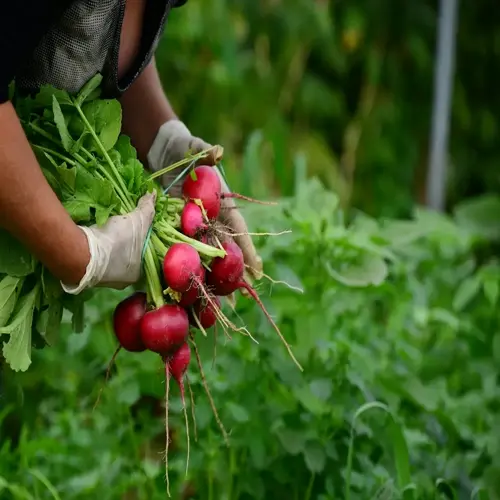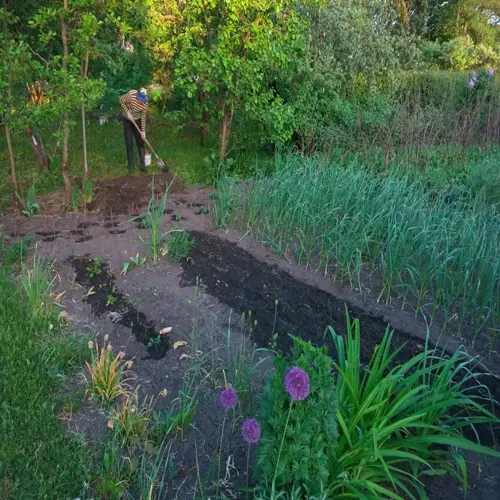Can basil survive winter indoors?

Written by
Nguyen Minh
Reviewed by
Prof. Charles Hartman, Ph.D.To successfully overwinter basil as an indoor houseplant, it is essential to recognize its tropical heritage. These plants require a thermal environment to complete their life cycle and survive the colder months. Careful observance can change seasonal herbs into year-round producing plants. Success or failure for these annuals, once established indoors, depends on creating a warm-weather growing environment.
Light is an important essential for basil to thrive indoors. Winter sunlight intensity is dramatically weaker. Indoor plants will require additional light to compensate for this. If the plants are not getting enough light, you can have lank, weak, low-oil basil. The leaves will lose their bright green color and essential oils.
Light Management
- Position plants within 6 inches of south-facing windows
- Use full-spectrum LED grow lights for 12-14 hours daily
- Rotate plants weekly for even light distribution
- Clean leaves monthly to maximize light absorption
Temperature Control
- Maintain consistent 65-75°F daytime temperatures
- Avoid nighttime drops below 60°F near windows
- Use thermal curtains to insulate against cold drafts
- Place plants away from heating vents that cause drying
Humidity Solutions
- Group plants together to create microclimates
- Use pebble trays filled with water beneath pots
- Run humidifiers during dry winter months
- Mist leaves sparingly in morning hours only
Adjusting watering routines can help prevent root problems in winter. The soil will generally dry at a slower rate indoors and under colder temperatures. Always check soil moisture before watering and allow the top inch to dry completely. Too much water in a cooler, especially in low-light conditions, will cause root rot.
Pest management is important for indoor settings. Spider mites live in drier air, such as that found in a home in the winter. Inspect plants both weekly and for any early signs of infestation. Preferably quarantine new plants from a nursery before bringing them inside. Applications of neem oil help suppress infestations without the use of harsh chemicals.
Pruning helps keep plants compact in an indoor environment. If possible, pinch the tips regularly to promote bushier growth. If flower buds begin to emerge, pinch them off immediately; this will redirect the plant's energy toward foliage rather than flowers. If conditions allow, rotate the plant to promote symmetrical growth in limited light.
Read the full article: When to Plant Basil for Best Results

